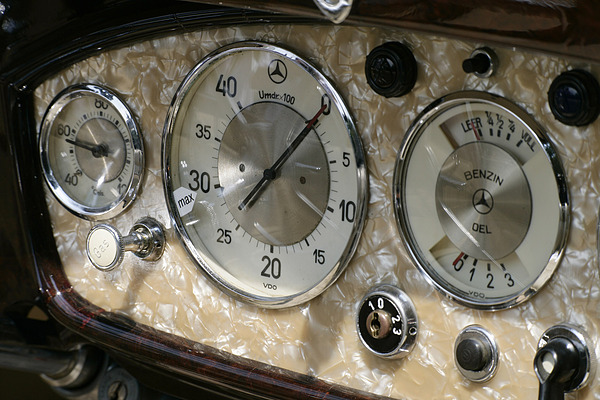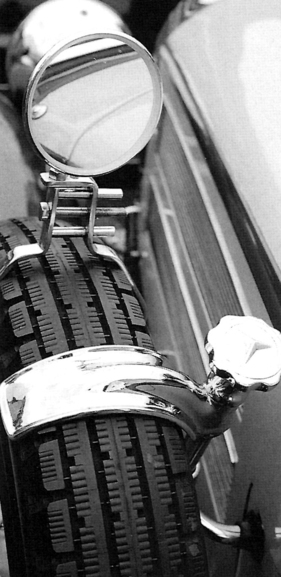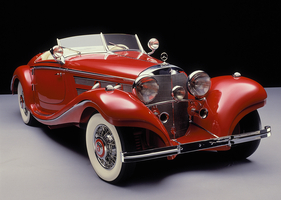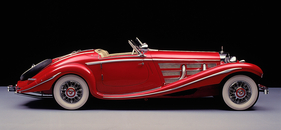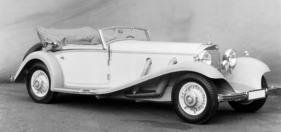Mercedes-Benz 500 K from 1935 - experienced behind the wheel
Summary
Being able to experience a 1935 luxury car behind the wheel means looking back to the deep Middle Ages of motoring history. Driving a pre-war luxury car is very different from what modern motorists are used to. Roger Gloor introduces us to the secrets of the Mercedes-Benz 500 K and succinctly illustrates the specifics of this sought-after classic.
This article contains the following chapters
- Welcome instruction
- Power and caution required
- Power-to-weight ratio: 14.7 kg/hp
- Still real steering work
- Drive gently on the brakes!
- With the star in your sights
- Heating and ventilation chapter
- The breakdown
- Technical data
Estimated reading time: 16min
Preview (beginning of the article)
Being able to experience a luxury car from 1935 behind the wheel means looking back into the deep Middle Ages of engine history. Mercedes-Benz AG provided us with just such an opportunity on the occasion of the SMVC Alpine Tour held at the beginning of July (note: 1989) by making a Mercedes-Benz 500 K, Cabriolet B, from the factory collection available to us. Our thanks go to Mr. von Pein and Mr. Pless from the MB Works Museum and Mr. Steinemann and Mr. Knecht from Mercedes-Benz (Schweiz) AG, as well as to the active managers of the Swiss Motor Veterans Club, Mr. Wenger and Mr. Oertli. In the mid-1930s, a Mercedes-Benz 500 K was even more exclusive than today's Mercedes-Benz 500 SEC, quite apart from the fact that only rich people could afford a car at that time anyway. Even at that time, the three-digit number in the Mercedes-Benz model designations referred to the engine capacity, i.e. 5 liters. The letter K, however, stood for compressor, and this was a term associated with even more prestige than the word turbo today. Superchargers, those additional performance-enhancing units driven by the engine, were only fitted to a few particularly sporty luxury class or racing sports cars. In the Mercedes-Benz 500 K with an in-line eight-cylinder engine, the "blower" increased the maximum output from 100 to 160 hp, i.e. to a far greater extent than can be expected from exhaust gas turbochargers in road vehicles today.
Continue reading this article for free?
Photos of this article





















